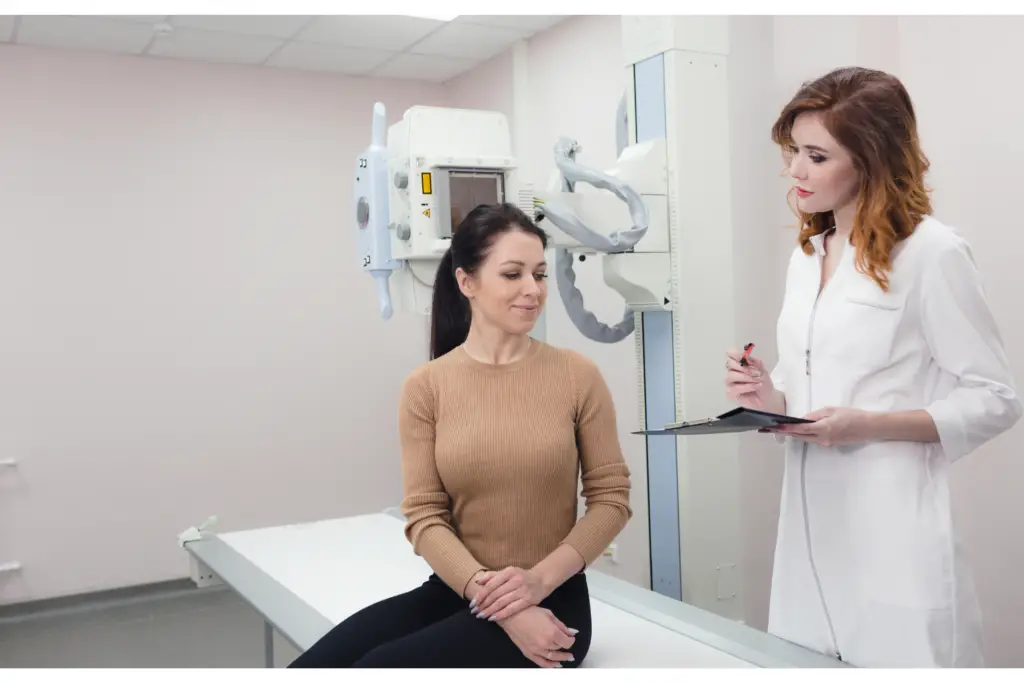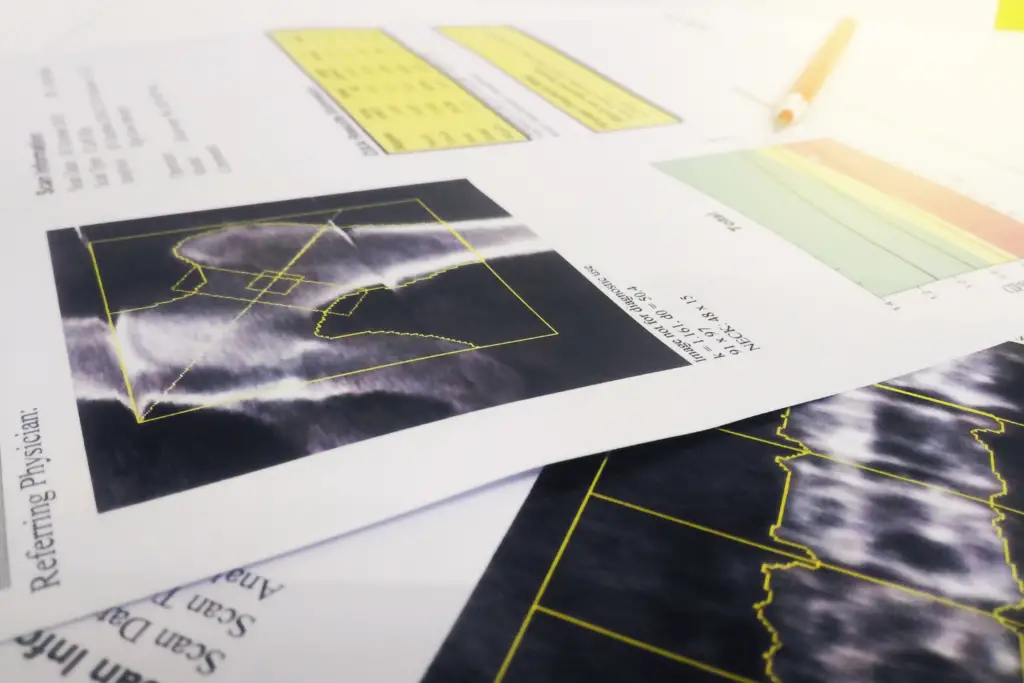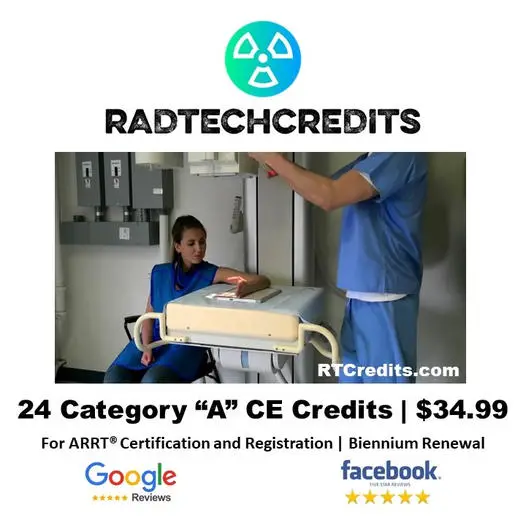

In the dynamic world of healthcare, radiologic technology stands as a pivotal field, blending cutting-edge imaging techniques with compassionate patient care. Aspiring radiologic technologists embark on a journey filled with challenges, opportunities, and the potential to make a profound difference in the lives of others. This career guide aims to illuminate the path towards becoming a successful radiologic technologist, covering everything from education and training to career advancement strategies.
The foundation of a career in radiologic technology begins with a solid education. Prospective technologists typically pursue an associate’s or bachelor’s degree in radiography from an accredited program.
Prospective radiologic technologists typically begin their journey by enrolling in accredited educational programs. These programs, offered by universities, colleges, and vocational schools, ensure that students receive a quality education and meet the eligibility requirements for certification. Accreditation is typically granted by organizations such as the Joint Review Committee on Education in Radiologic Technology (JRCERT) in the United States.
Radiography programs offer a well-rounded curriculum designed to provide students with the knowledge and skills necessary for success in the field of radiologic technology. The curriculum typically includes coursework in several key areas:
Students study the structure and function of the human body, including skeletal, muscular, cardiovascular, respiratory, and nervous systems. Understanding anatomy and physiology is essential for radiologic technologists to accurately position patients and produce high-quality diagnostic images.
Radiologic technologists are responsible for ensuring the comfort, safety, and well-being of patients during imaging procedures. Coursework in patient care covers topics such as communication skills, patient assessment, infection control, and radiation protection measures.
Mastery of radiation physics principles is essential for safe and effective use of imaging equipment. Students learn about the properties of X-rays, the interactions of radiation with matter, radiation dose calculations, and radiation safety practices.
Radiography programs cover a variety of imaging modalities, including X-ray, computed tomography (CT), magnetic resonance imaging (MRI), fluoroscopy, and mammography. Students learn how to operate imaging equipment, select appropriate exposure parameters, and position patients to obtain diagnostic images of high quality.
Clinical internships or practicum experiences are integral components of radiologic technology education. These hands-on learning opportunities allow students to apply theoretical knowledge and develop practical skills in real-world healthcare settings under the supervision of experienced technologists and radiologists.
During clinical internships, students rotate through different clinical departments, such as radiography, CT, MRI, and interventional radiology. They have the opportunity to observe and participate in various imaging procedures, interact with patients, and collaborate with healthcare professionals.
Clinical internships provide students with the opportunity to refine their technical skills, enhance their critical thinking abilities, and adapt to the dynamic nature of healthcare delivery. They learn to troubleshoot equipment issues, ensure patient safety, and maintain high standards of image quality.
Clinical internships also emphasize the development of professionalism, ethical conduct, and effective communication skills. Students learn to interact professionally with patients, families, and colleagues, respecting cultural diversity and confidentiality requirements.
Radiologic technologists play a crucial role in patient care, ensuring that imaging procedures are performed safely, accurately, and efficiently. Effective communication and interpersonal skills are essential for building rapport with patients, obtaining relevant medical history information, and addressing patient concerns.
Radiologic technologists interact with patients who may be experiencing pain, anxiety, or discomfort. Empathy, compassion, and sensitivity to patients’ needs are paramount in providing supportive care and creating a positive imaging experience.
Clear and concise communication is essential for explaining imaging procedures, obtaining informed consent, and providing instructions to patients. Radiologic technologists must communicate effectively with patients of all ages, cultural backgrounds, and cognitive abilities.
Radiologic technologists serve as advocates for patient safety and well-being. They ensure that patients are positioned correctly for imaging procedures, use appropriate radiation protection measures, and receive necessary support throughout the imaging process.
 Patient Care in Radiography, Radiologic Technologist Career Guide" width="1024" height="683" />
Patient Care in Radiography, Radiologic Technologist Career Guide" width="1024" height="683" />
The field of radiologic technology is constantly evolving, with advances in technology, imaging techniques, and patient care practices. Radiologic technologists must commit to lifelong learning and professional development to stay current with industry trends and maintain competence in their field.
Radiologic technologists participate in continuing education programs, workshops, conferences, and online courses to expand their knowledge and skills. Continuing education requirements may vary depending on state regulations, professional certifications, and employer policies.
Some radiologic technologists pursue additional certification in specialized areas of practice, such as CT, MRI, mammography, or nuclear medicine. Specialty certification demonstrates expertise in a particular imaging modality and may enhance career opportunities and earning potential.
Radiologic technologists can join professional organizations such as the American Society of Radiologic Technologists (ASRT) or the Radiological Society of North America (RSNA) to access resources, networking opportunities, and professional development activities. These organizations provide support, advocacy, and leadership opportunities for radiologic technologists at all stages of their careers.
Radiologic technology programs commonly offer associate’s or bachelor’s degrees in radiography. The choice between these degree levels often depends on individual career goals and the specific requirements of employers or licensing boards.
Accredited programs undergo rigorous evaluation to ensure that they meet established standards for faculty qualifications, curriculum content, clinical education experiences, and educational resources. By choosing an accredited program, students can be confident that they are receiving a comprehensive and high-quality education.
Upon successfully completing their education in radiologic technology, aspiring technologists embark on the next crucial step towards establishing their professional credentials: obtaining certification and licensure. These processes are essential for ensuring that radiologic technologists meet established standards of competency, professionalism, and ethical conduct in their practice.
Certification is a formal recognition of an individual’s proficiency and competence in a particular field of practice. For radiologic technologists in the United States, certification is typically conferred by the American Registry of Radiologic Technologists (ARRT), although other accrediting bodies may exist in different countries or regions. The ARRT is widely recognized as the standard-setting organization for radiologic technologists in the U.S., establishing rigorous standards for education, training, and certification.
One of the primary requirements for ARRT certification is passing a comprehensive examination that assesses the candidate’s knowledge and skills in radiologic technology principles and practices. The examination covers a broad range of topics, including anatomy, physiology, patient care, radiation physics, imaging techniques, and radiation protection. Candidates must demonstrate proficiency in these areas to qualify for certification.
In addition to passing the certification examination, radiologic technologists must engage in ongoing professional development to maintain their certification. The ARRT requires technologists to complete continuing education credits periodically to stay current with advancements in the field and demonstrate their commitment to lifelong learning. Continuing education ensures that certified technologists remain competent, informed, and capable of providing high-quality patient care.
While certification from organizations like the ARRT establishes professional competency, licensure is a legal requirement imposed by state governments to practice as a radiologic technologist in certain jurisdictions. Licensure ensures that technologists meet specific educational, clinical, and examination criteria mandated by state regulatory agencies, thereby safeguarding the public interest and promoting patient safety.
Licensure requirements vary from state to state, but they typically involve completing an accredited educational program, obtaining certification from a recognized accrediting body such as the ARRT, and passing a state-administered licensure examination. Some states may also require technologists to undergo background checks, submit documentation of clinical experience, or fulfill additional training requirements.
Licensure defines the scope of practice for radiologic technologists within a particular state, outlining the types of procedures they are authorized to perform, the settings in which they can practice, and any restrictions or limitations on their practice. Licensure ensures that technologists adhere to established standards of care, ethical conduct, and professional behavior while providing imaging services to patients.
Like certification, licensure typically requires renewal at regular intervals to ensure that technologists remain current with evolving standards and regulations. Technologists must fulfill continuing education requirements, pay renewal fees, and adhere to any other stipulated conditions to maintain their licensure status. Renewal ensures that licensed technologists remain competent, qualified, and accountable to regulatory authorities and the public.

In a rapidly evolving field like radiologic technology, staying abreast of technological advancements, best practices, and regulatory changes is paramount for career growth and professional competence. Technologists are encouraged to engage in continuing education activities, pursue advanced certifications, and seek opportunities for skill enhancement and professional networking.
Becoming a radiologic technologist is not merely a career choice; it’s a commitment to excellence, compassion, and lifelong learning. As you embark on this rewarding journey, remember that success is not measured solely by technical proficiency but by the positive impact you have on the lives of patients and the healthcare community. By pursuing quality education, obtaining certification, embracing continuous learning, and embracing opportunities for growth, you can build a fulfilling and meaningful career as a radiologic technologist.
Categories Informational

Contrast Dye - Side Effects and What You Should Know

Legal Info: This site is owned and operated as TheRadiologicTechnologist.com. TRT is a participant in the Amazon Services LLC Associates Program, an affiliate advertising program designed to provide a means for sites to earn advertising fees by advertising and linking to Amazon.com. TRT may also participate in affiliate programs as a means to offset business expenses for this informational site. TRT tries to earn compensation for referring traffic and business to these companies.